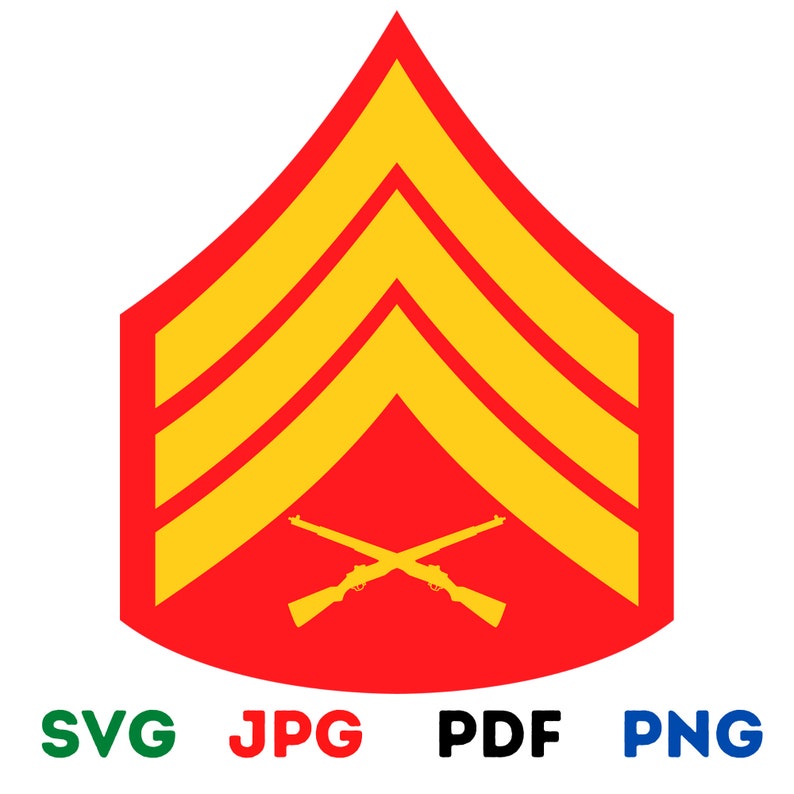

Gunnery Sergeants (E-7) indicate on their annual evaluations (called "fitness reports") their preferred promotional track: Master Sergeant or First Sergeant.Įnlisted Marines with paygrades of E-4 and E-5 are non-commissioned officers (NCOs) while those at E-6 and higher are Staff Noncommissioned Officers (SNCOs). The E-8 and E-9 levels each have two ranks per pay grade, each with different responsibilities. Other warrant officers are sometimes incorrectly referred to as "Gunner".Įnlisted Marines with paygrades of E-4 and E-5 are non-commissioned officers (NCOs) while those at E-6 and higher are Staff Noncommissioned Officers (SNCOs).

A chief warrant officer, CWO2–CWO5, carries a special title, "Marine Gunner," which does not replace his rank. Warrant Officers provide leadership and training in specialized fields and skills. Different styles of rank insignia are worn on different marine uniforms.Ĭommissioned officers, which are distinguished from other officers by their commission, or formal written authority, have ranks that are subdivided into general officers, field-grade officers, and company-grade officers. This is a list of rank insignia of the United States Marine Corps (the maritime land forces of the United States of America). Senate.Various Marine and Navy rank insignia (as well as other devices) left at the summit of Mount Suribachi on Iwo Jima.

At their highest levels, commissioned officer promotions must be confirmed by the U.S. Commissioned officers must have a bachelor’s degree prior to joining the Marine Corps, and undergo specific training oriented toward leadership within their respective occupational specialties. Scott Schmidt)Ĭommissioned Officers in the Marine Corps are the traditional officers you’re accustomed to seeing in movies and television. Commissioned Officers (Marine Corps Photo by Sgt. Warrant Officers transition out of their roles as enlisted personnel and undergo officer candidate training, making them senior to all enlisted personnel and junior to formally commissioned officers regarding the Corps’ overall rank structure. Marine Corps Warrant officers are highly skilled specialists in specific career fields. This distinction in rank is based on a Marine’s chosen career path, with the Master Gunnery Sergeant role oriented toward technical leadership within a specific occupation, and the Sergeant Major role oriented toward personnel management and unit leadership regardless of occupational specialty. It is only among SNCOs that the Marine Corps maintains two ranks per pay grade for both E-8 and E-9, with the aforementioned distinction between E-8s (Master Sergeant/First Sergeant), and the continuation of each career path into the pay grade of E-9 with Master Gunnery Sergeant and Sergeant Major respectively. Staff Non-Commissioned Officers (SNCOs) in the Marine Corps ranks structure range from pay grade E-6 through E-9, which is the highest enlisted pay grade achievable in U.S. of the Marine Corps, gives a challenge coin to a Marine with 1st Battalion, 3rd Marine Regiment at Forward Operating Base Delhi, Afghanistan. Sergeants, which is an E-5 pay grade, are also considered non-commissioned officers, with Staff Sergeant (E-6) starting the Staff Non-commissioned officer portion of the Marine ranks structure. The Marine Corps places a large emphasis on small unit leadership even among junior ranks like Lance Corporal, so in keeping with that approach, the Marine Corps draws no distinction between E-4s that have and have not yet attended their corporal’s leadership course. Austin Hazard/Released)Įnlisted Marines are considered non-commissioned officers (NCOs) at the rank of Corporal (pay grade E-4), which is quite different from the Army’s approach of splitting the E-4 pay grade among corporals (who have attended a leadership course) and specialists who have not. These two ranks receive the same base pay rate (as an E-8) but come with different responsibilities for the service member. As a Gunnery Sergeant (E-7), for instance, Marines can opt to pursue either a promotion into the billet of First Sergeant or Master Sergeant.

Marine Corps ranks, like the rank structure of many other branches, offer choices at some specific points in a Marine’s career. In other words, an E-4 receives the same base pay as all the E-4s in other branches with the same amount of time in service, but what an E-4 gets called varies from branch to branch, from specialist, to corporal, to petty officer third class, and so forth. This allows you to draw direct parellels in terms of pay and, to some degree, authority, across all branches regardless of the service-specific monikers associated with each promotion.


 0 kommentar(er)
0 kommentar(er)
